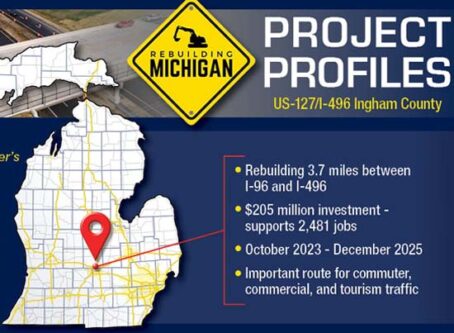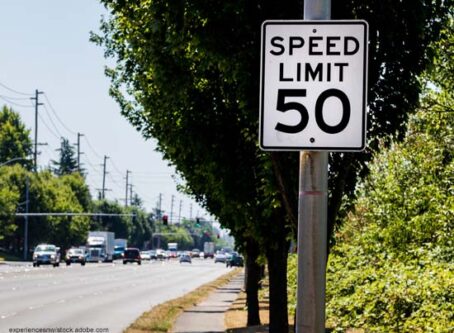Fuel supply concerns hit Reno-Tahoe, West Coast
A combination of wildfires, high demand, runway construction, pipeline space and fuel truck driver availability has put travel authorities on alert.
Several airports in the western United States are feeling the fallout, particularly the Reno-Tahoe International Airport which has reported fuel supply issues that may alter flight schedules.
The airport in Reno is Nevada’s second busiest commercial airport after McCarran International Airport in Las Vegas.
“The issues we are experiencing are a combination of factors, from a strong recovery in leisure travel in the Reno-Tahoe region and a lack of truck drivers to transport fuel, to multiple active wildfires,” said Stacey Sunday, director of corporate communication for the Reno-Tahoe Airport Authority. “RNO is seeing some impact on flights due to the fuel shortage causing airlines to initiate flight cancellations, delays or diversions. We have also seen an impact from wildfire smoke.”
Nevada political leaders, including Gov. Steve Sisolak, addressed the matter with a statement ensuring all efforts will be made to prevent airline disruptions without deterring from the aerial fight against western wildfires.
The airport authority is working to help airline partners resolve issues, while providing customer support on site at the Reno-Tahoe Airport, according to a news release.
“Flight decisions are made by each pilot in command at each airline, with safety as the top priority in each decision,” Sunday said. “We are working with our airline partners as best we can to help them through this challenge. We are also working closely with local, state and federal officials to find ways we might be able to work together to resolve the issue. Specifically, we’ve asked how officials can help get more fuel in the pipeline, as well as help to get more drivers to transport fuel.”
A Bloomberg story said Kinder-Morgan has rationed pipeline capacity on the pipes serving Reno along the Northern California pipeline because of an expected jet fuel demand next month. Federal Energy Regulatory Commission regulations also were cited for rationing capacity. Because of this, shippers will only get a fraction of what they request.
— Reno-Tahoe Airport (@RenoAirport) July 25, 2021
Reno-Tahoe travel recommendations
The airport authority has encouraged those traveling through the Reno-Tahoe Airport to do the following:
Arrive at least two hours prior to originally scheduled departure time.
Expedite the security screening process by emptying pockets, removing shoes, electronic devices, jackets, food and liquids (not to exceed 3 ounces.).
Download boarding passes at home and keep cell phones charged for airline alerts.
States of emergency
The severity of the situation has resulted in a number of states ordering emergency declarations. Among these orders are fire-related emergencies in Nevada, California, Idaho and Washington.
In response, and to help alleviate the problem, Montana issued a drivers’ hours emergency, while Oregon has suspended certain motor carrier regulations. South Dakota and Wyoming have executive orders in place creating an exemption from maximum driving time for property-carrying vehicles, due to fuel shortages.
Additionally, a national emergency declaration, for all 50 states and the District of Columbia, was extended on May 26, 2021, by the Federal Motor Carrier Safety Administration in response to the COVID-19 pandemic.
Adjusting operations
While jet fuel shortages were first reported in the West, some other areas of the country have also started to report shortages, according to an Associated Press report. The current issues are expected to last through mid-August, forcing several airlines to improvise.
American Airlines will reportedly add refueling stops or fly fuel to locations where supply is low. Airlines for America is communicating with federal authorities as well as pipeline operators to stay on top of the situation. Southwest Airlines has reported no fuel supply issues at this time. LL









